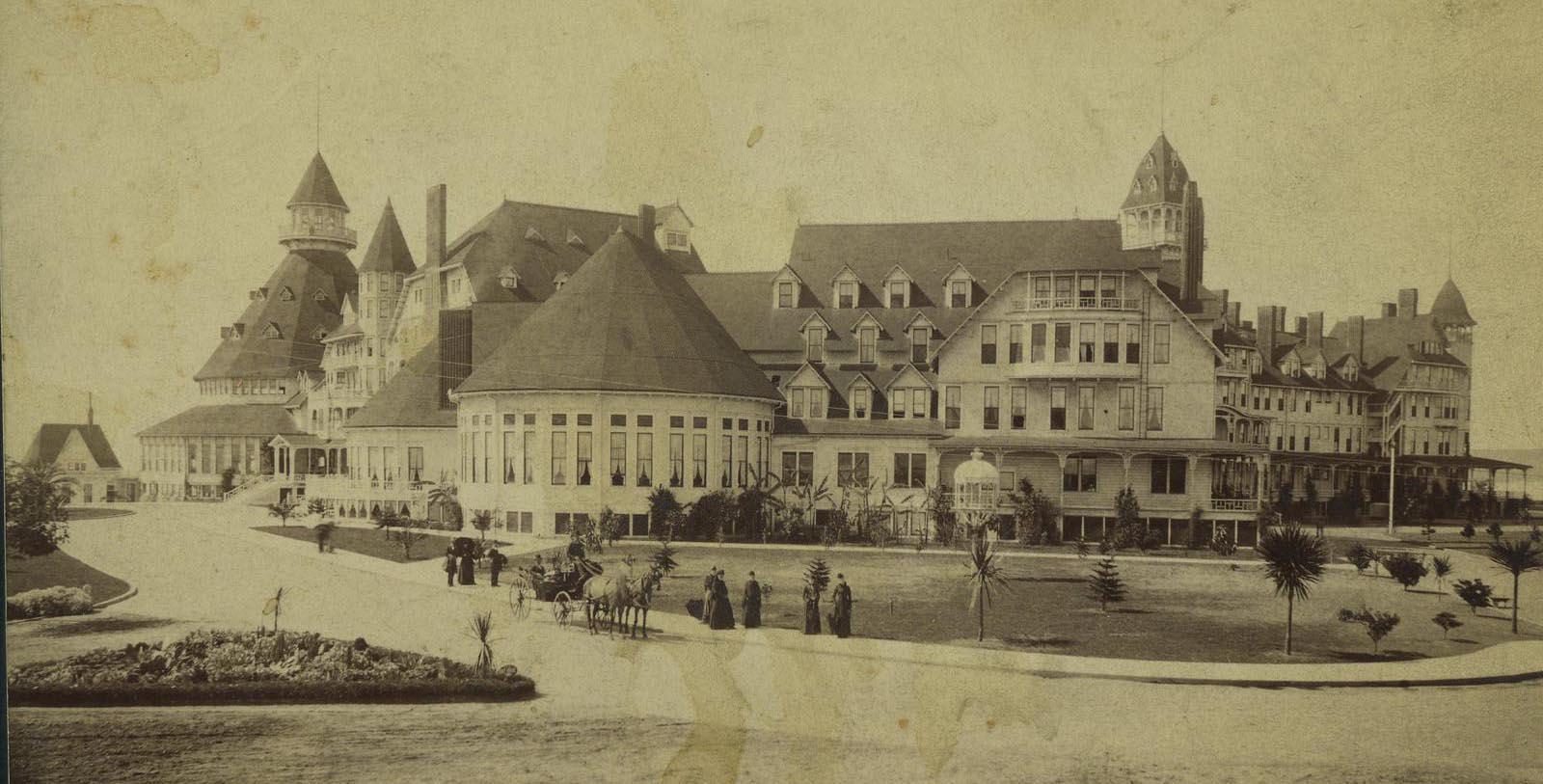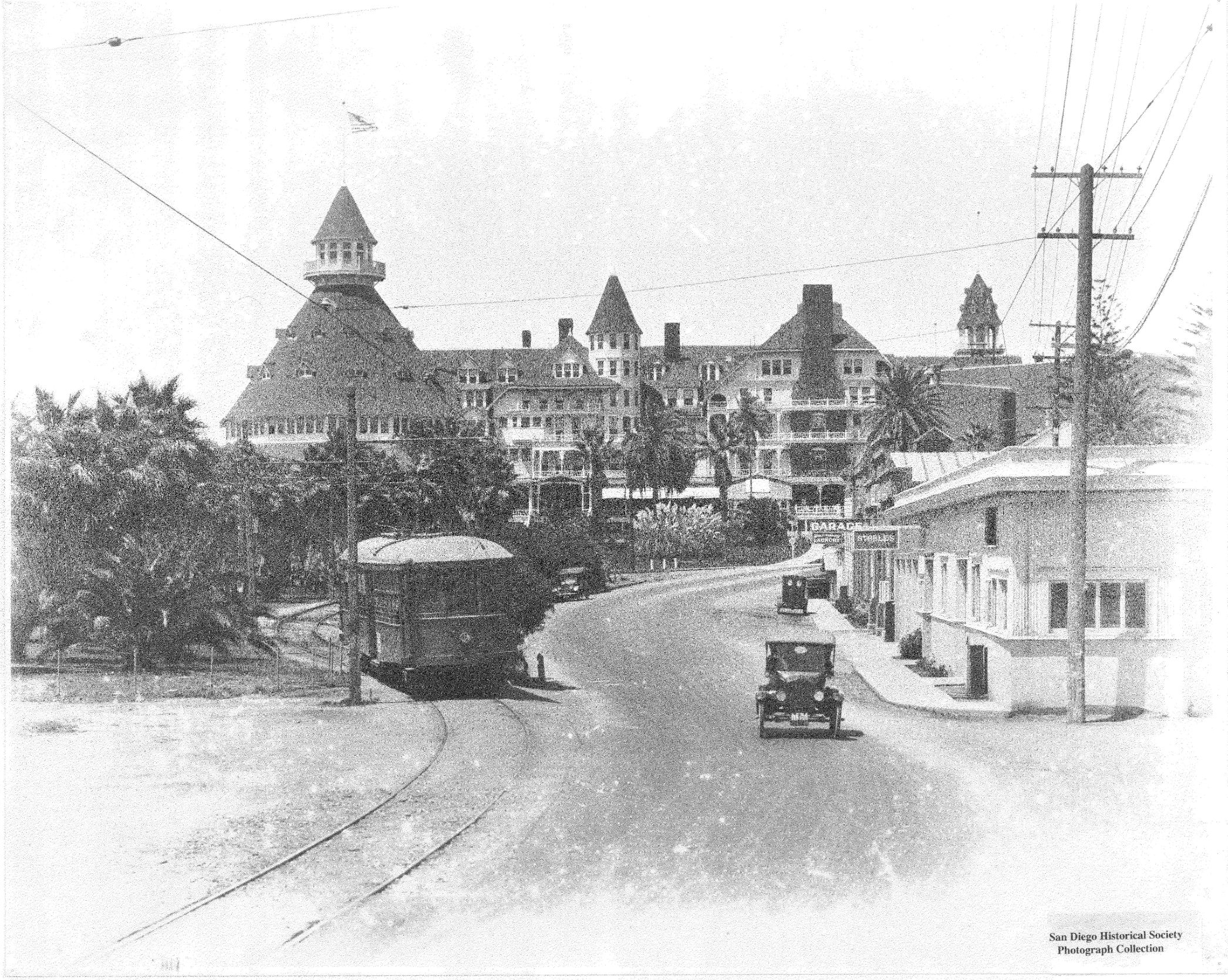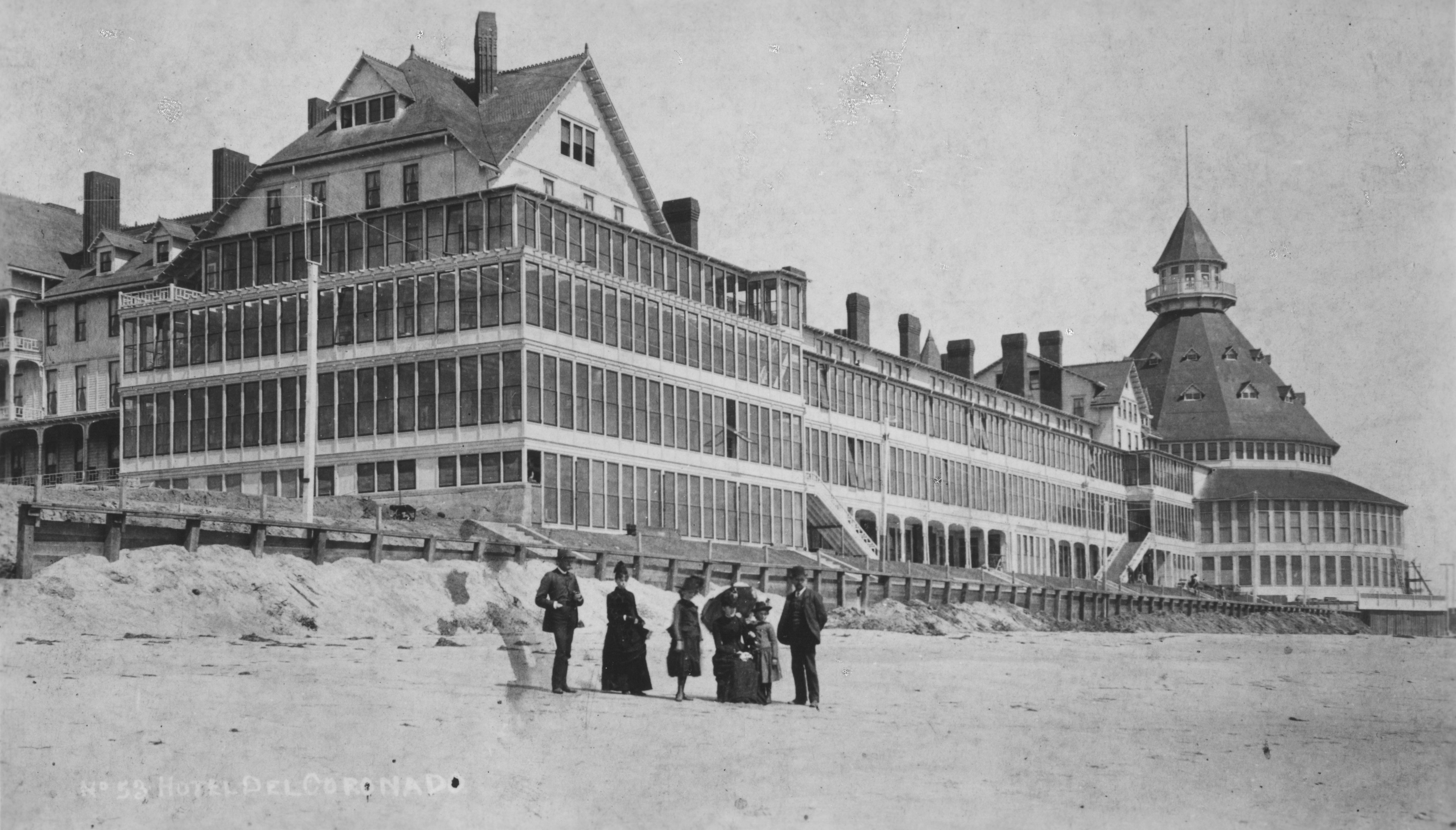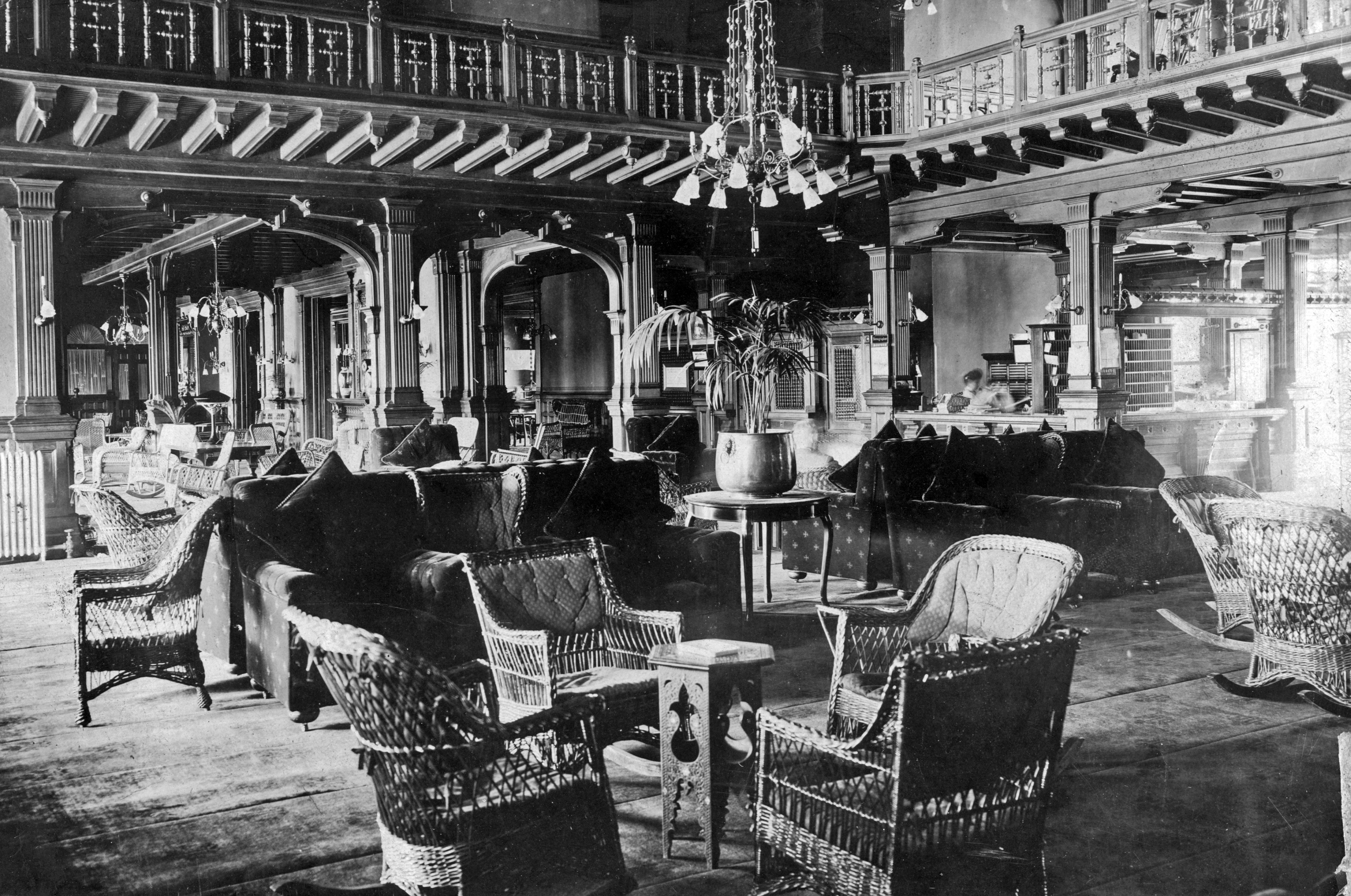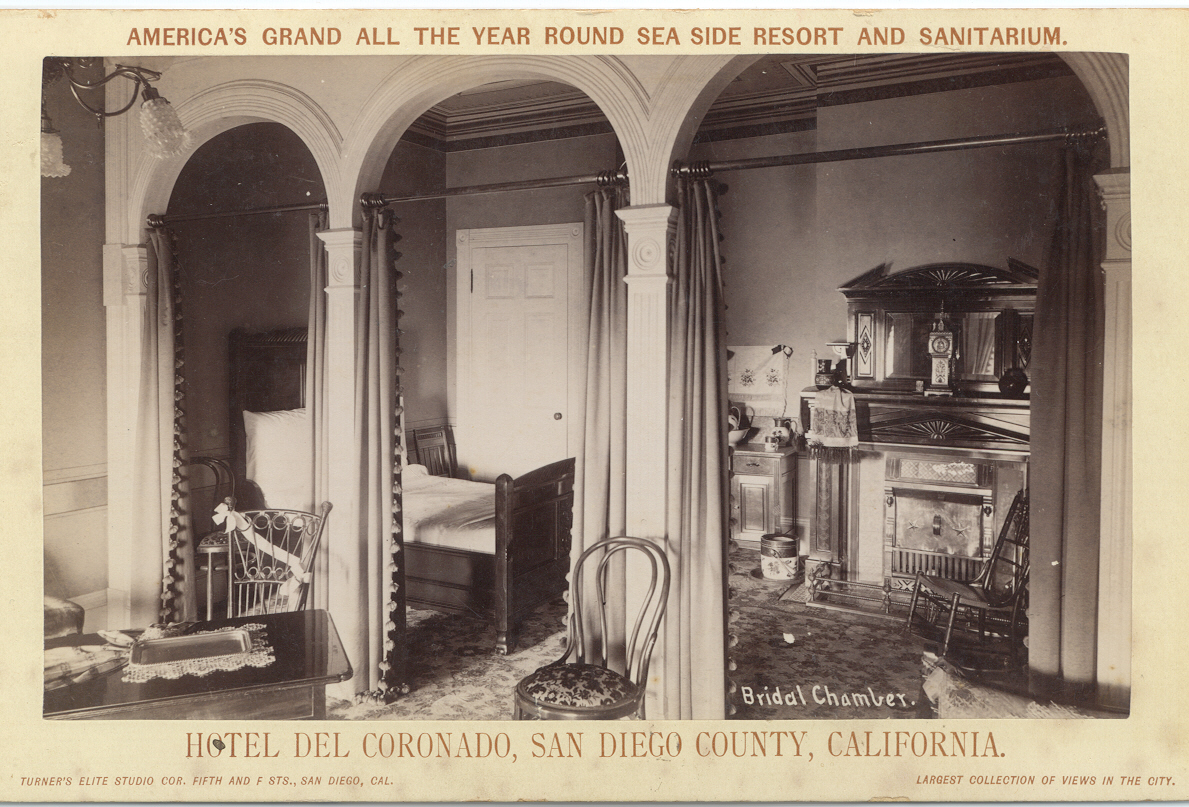Receive for Free - Discover & Explore eNewsletter monthly with advance notice of special offers, packages, and insider savings from 10% - 30% off Best Available Rates at selected hotels.
history
Discover the Hotel del Coronado, with its more than 100 year legacy of beachfront convenience, dining areas overlooking stunning ocean views, and a pampering spa.
Hotel del Coronado, a member of Historic Hotels of America since 2007, dates back to 1888.
VIEW TIMELINEHistory of the Hotel del Coronado.
Learn more about Hotel del Coronado's rich heritage and planned Master Plan property enhancements. Built in 1888, "The Del" embarks on a new chapter that will ensure the resort’s place in the hearts and minds of our guests for the next 100 years and beyond.
WATCH NOWKnown affectionately as “The Del” by its many countless guests, the legendary Hotel del Coronado harkens back to the height of America’s Gilded Age. The idea for the Hotel del Coronado came from two prominent American businessmen—Hampton L. Story and Elisha Babcock Jr. Upon experiencing the inherent beauty of the Glorietta Bay, the two men decided to create a magnificent resort hotel that would be, “the talk of the western world.” They subsequently purchased some 4,000 acres of land around the Coronado Peninsula and the neighboring North Island in order to create a resort community that would service the new hotel. Once the town started to develop, the two men began building the Hotel del Coronado in 1886. Plans for the hotel were originally conceived by Story, Babcock, and architect James Reid of the Reid Brothers architectural firm. Ground broke on the project the following January, with some 2,000 laborers working on the hotel full-time. In all, Hotel del Coronado cost $1 million to complete: $600,000 for the actual constriction and $400,000 for all the furnishings.
When the hotel finally debuted in 1888, Story and Babcock held a massive party attended by some 1,440 people from across San Diego. The guests were immediately impressed with the grand structure they encountered. It featured many technological innovations for its day, such as indoor plumbing, oil-heated furnaces, and electrical lighting. Every single one of the original accommodations offered luxurious amenities, and access to a wealth of spectacular facilities that included a billiards hall and a bowling alley. Dozens of private parlors offered havens in which guests could relax and gaze out onto the nearby Glorietta Bay. Exotic gardens surround the grounds, featuring such plants like tropical fruit trees, palm trees, and beautifully landscaped shrubbery. Hotel del Coronado even offered a package that gave three-square meals a day at the cost of $2.50 per person. But this early prosperity was not to last, as Story and Babcock could barely afford to operate the hotel when the local real estate market collapsed in the 1890s. The two men were eventually forced to sell "The Del" to John D. Spreckels, who had provided several loans to keep the project afloat several years prior.
John D. Spreckels turned out to be the savior that the Hotel del Coronado desperately needed. Under his leadership, the Hotel Del reached new heights in its national popularity. "The Del" became the site of a fantastic new destination called “Tent City,” which was campground composed of luxurious tents for those who could not afford the expensive rates at the new building. These tents were far better than most normal guestrooms at other hotels, as they offered clean linens, fabulous décor, and electricity. Spreckels also attracted early cinematographers to the hotel, establishing a close connection to the film industry that would last for decades. Some of the first feature-length movies were shot at the hotel as such, including Maiden and Men, Pearl of Paradise, and The Married Virgin. Some of the nation’s most prominent individuals became regular visitors at the hotel, including author L. Frank Baum, inventor Thomas Alva Edison, and baseball player Babe Ruth. Even several U.S. Presidents graced the Hotel del Coronado with their presence, such as William McKinley, William Howard Taft, and Woodrow Wilson.
The national prestige of the Hotel del Coronado only continued to grow, even after the Spreckels family sold the location in the late 1940s. It particularly remained popular among Hollywood’s elite. Many of the biggest stars stopped by the hotel frequently over the years, including Bette Davis, Kirk Douglas, Humphrey Bogart, Katherine Hepburn, Clark Gable, Joan Crawford, Judy Garland, Olivia de Havilland, and James Stewart. Hotel del Coronado also kept serving as a filming site for several major films, including The Flying Fleet, Dive Bomber, Wicked, Wicked, and The Stunt Man. Its greatest contribution to the art of cinematography was its involvement with the creation of Some Like It Hot in 1958. Hotel del Coronado functioned as the setting for the movie, which followed the humorous story of two musicians who attempted to flee the Chicago Outfit after witnessing the St. Valentine’s Day Massacre. Many film critiques today consider Some Like It Hot to be one of the greatest films of all time and is listed on the Library of Congress’ National Film Registry today. Today, Hotel del Coronado is among the best resort hotels in the entire country. It has received numerous accolades for its historical grandeur, including a coveted designation as a National Historic Landmark by the U.S. Department of the Interior. Few places are better for such a historically themed vacation than Hotel del Coronado.
-
About the Location +
When Hampton L. Story and Elisha Babcock Jr., first witnessed the inherent beauty of the Coronado Peninsula, the two men decided to create a luxurious holiday destination that would be, “the talk of the western world.” For their ambitious idea to fully come to fruition, they created a luxurious resort community that would service their magnificent hotel. Story and Babcock quickly set about buying more than 4,000 acres of land located on the Coronado Peninsula and the neighboring North Island. The two men then began parceling out town lots to prospective landowners through their real estate business, the Coronado Beach Company. In total, some 6,000 people purchased 350 different plots of land within the city’s nascent street grid. The sales raised $2.25 million for Story and Babcock, which they subsequently funneled into the construction of the Hotel del Coronado. But the two continued to play an active role in the city’s development, providing a variety of public services to the area’s new residents. Babcock and Story pumped in fresh water from nearby tributaries by way of their Coronado Water Company, while the Coronado Ferry Company built developed wharves and ferry services. They even established the Coronado Railroad Company to construct a rail line that exclusively connected they city directly to San Diego.
The United States Navy also has strong ties to the area. During the first decades of the 20th century, the federal government commissioned the development of an airfield on North Island called, “Naval Air Station San Diego.” Many of the Navy’s first aviators trained at this facility, including the renowned Theodore Gordon Ellyson. The island airbase quickly became the site of many aviation milestones, including the flight of the first seaplane as well as the first non-stop transcontinental trip. The forerunners of today’s Blue Angels operated out of the airfield, and legendary pilot Charles Lindbergh started the first leg of his famous trip to Paris from North Island, as well. Glenn Martin—founder of today’s Lockheed Martin—even made a name for himself on the island, when he successfully flew his first pusher aircraft from the airbase. The Naval Air Station also became the Navy’s main continental base for its forces operating throughout the Pacific during World War II. More than a dozen aircraft carriers called North Island home around this time, as did countless detachments of marines and sailors. Known today as the “Naval Air Station North Island,” it continues to be one of the most important military facilities in the country. For its connection to the Navy’s aviation heritage, the airbase is recognized as the official “Birthplace of Naval Aviation” by resolution of the House Armed Services Committee.
-
About the Architecture +
Plans for the Hotel del Coronado were originally conceived by James and Merritt Reid of the architectural firm, Reid and Reid. A family-owned company from Evansville, Indiana, Reid and Reid were chosen for the project due Babcock’s familiarity with their work. Despite being present during the initial phase of planning, Babcock and Story gave the firm free reign to design the hotel. Their blueprints called for the creation of a spectacular five-story castle-like structure replete with Queen Anne-style design aesthetics. According to James Reid, the hotel’s overall layout would be:
“Built around a court (with a garden of tropical trees, shrubs and flowers with pleasant paths…balconies should look down on this court from every story. From the south end, the foyer should open to Glorietta Bay with verandas for rest and promenade. On the ocean corner there should be a pavilion tower, and northward along the ocean, a colonnade, terraced in grass on the beach. Th dining wing should project at an angle from the south-east corner of the court and be almost detached, to give full value to the view of the ocean, bay and city.”
And for the most part, Hotel del Coronado has retained this same physical appearance. The gorgeous red cupolas and towers that grace its spectacular rooftop still dominate the local skyline in the same they did back during the Gilded Age. Guests today can still wander along the hotel’s many exquisite Victorian-era porches that once entertained the likes of Hollywood movie stars and U.S. presidents.When the ground broke on the project in January of 1887, the construction focused solely on the northern façade before expanding to the more complicated sections of the building. The Reids had used a simpler design for that segment of the structure, in the hopes that their largely unskilled labor force would develop the necessary skills more quickly. The reason for this was that a substantial amount of the laborers were Chinese immigrants who had little to no professional training. The Reids also established most of their own manufacturing facilities so the project would be incredibly self-sufficient. They developed their own electric power plant, foundry, and brick kilns to reduce the reliance on outside vendors for supplies. The worksite even had access to an artificial ice machine that produced 15 tons a day.
Perhaps the greatest concern the Reids entertained throughout the whole process concerned the availability of wood. Given the lack of timber around San Diego, the Reids had to import thousands of pounds from further north. Their primary supplier was the Dolbeer & Carson Lumber Company of Eureka, California, which was one of the largest lumber merchants in the western United States. It provided all sorts of wood for the construction, including Douglas fir, California redwood, hemlock and cedar. In some cases, the building’s design specifications called for the utilization of certain kinds of lumber in specific rooms. For instance, Illinois white oak was the primary building material used for the main lobby, while Oregon sugar pine was featured prominently throughout the Crown Room.
Hotel del Coronado also featured many technological innovations for its day, too. In order to deal with potential fire hazards, the Reids created a series of gravity-flow sprinklers throughout the hotel. These water outlets were supplied by two gigantic cisterns in the basement, as well as a freshwater pipeline that ran under San Diego Bay. The cisterns were particularly clever, for they managed to supply themselves solely with the rainwater that trickled down from the roof. The Reids also placed the world’s first oil furnace inside the hotel, as well an intricate system of electrical lighting. Installed by the Mather Electric Company of Chicago, the Hotel del Coronado became one of the first electrically powered buildings in the greater San Diego area!
One of the most beautiful architectural components of the Hotel del Coronado is a stained-glass window known as “The Woman in the Window.” Located on the front façade, architect James Reid once referred to the beautiful piece of art as an “allegorical representation of Coronado,” for it represented the region’s many, “mountains, valleys and bay.” The window was originally mounted above the massive chimney in the hotel’s main lobby but was removed in the 1920s following the deinstallation of the fireplace. It then bounced around the interior of the hotel for several decades, until it was finally placed above the lobby’s entrance up on the fourth floor. It still manages to allure countless visitors to this very day.
-
Famous Historic Events +
Hotel del Coronado has long possessed a strong connection to Hollywood. Countless stars have vacationed at the building throughout its history, making the Hotel del Coronado a household name all over the country. The first celebrity guest to vacation at the hotel was stage actress Lillie Langtry, who was among the first people to book a room. It has since been followed by many other celebrated actors and actresses, including the likes of Charlie Chaplin, Bette Davis, Kirk Douglas, Humphrey Bogart, Katherine Hepburn, Clark Gable, Joan Crawford, Judy Garland, Olivia de Havilland, and James Stewart. But the hotel has not just been as a vacation retreat for the greats of Tinseltown—it has also served as a movie set for more than a dozen films.
The very first movies shot at the Hotel del Coronado were documentaries that date back to the 1890s. Filmed by Thomas Alva Edison’s Edison Motion Picture Company, they were simple films that bore simple titles—such as Dogs Playing in Surf and Ferryboat Entering Coronado Ship. But as the technology behind cinematography became more intricate, so too were the types of movies filmed at the hotel. Allan Dwan was the first professional director to shoot an actual movie on the grounds, filming a romance story called Maiden and Men in the early 1910s. He was then followed by Harry Pollard and Joe Maxwell, who shot portions of their respective films, Pearl of Paradise and The Married Virgin, at "The Del," too. This trend continued throughout the 1920s and 1930s, with such popular films as The Flying Fleet, Coronado, and Yours for the Asking. The nearby military base, Naval Air Station San Diego, even enabled the Hotel Del Coronado to appear in military-themed movies, such as the film Dive Bomber in 1941.
Hotel del Coronado’s greatest historical contribution to the art of film was its involvement with the renowned romantic comedy, Some Like It Hot. Starring Tony Curtis, Jack Lemmon, and Marilyn Monroe, the movie’s plot followed the hilarious attempts of two musicians (Curtis and Lemmon) to escape possible retribution from the Chicago Outfit for witnessing the St. Valentine’s Day Massacre. Curtis and Lemmon’s characters disguised themselves as members of an all-female band, led by the vivacious Sugar (Monroe). Despite the story taking place in Miami, director Billy Wilder decided to film most of the production around Coronado. "The Del" itself played the role of the “Seminole Ritz Hotel,” which Wilder had chosen for its historic grandeur and spectacular architecture.
All 200 members of the cast and crew lodged at the Hotel del Coronado throughout the duration of the shoot. Yet, the project was anything but easy and quickly became the stuff of Hollywood legend. Monroe proved to be a difficult cast member, as her personal problems greatly impeded her acting ability. She was constantly late and could barely focus on the script while on set. Curtis and Lemmon even took bets to see if Monroe would remember her lines on any given day. The problems were compounded by the presence of her husband, playwright Arthur Miller, as well as her personal acting coach, who both attempted to influence the Wilder’s filming. Nevertheless, Some Like It Hot went on to be a smashing box office hit, receiving six Academy Award nominations the following year. Many film critics today consider Some Like It Hot to be one of the greatest movies of all time. The Library of Congress has even recognized its cultural significance by listing it on its National Film Registry in 1989.
Many more Hollywood movies were filmed at the Hotel del Coronado in the decades afterward, including such films like Wicked, Wicked, The Stunt Man, and K-9. The hotel was also the setting for a few televisions shows, as well, including the Circle of Fear and Hart to Hart. A two-part episode of Baywatch was shot at "The Del," as well, in 1994. Entitled, “Coronado del Soul: Parts 1 and 2,” the show followed the Baywatch lifeguards to the Hotel del Coronado, where they stayed for a full week. The various plotlines covered in the two episodes addressed Mitch getting lost at sea with his brother, C.J. bonding with a dolphin, and Summer dealing with a paranormal experience. Hotel del Coronado continues to be one of the most favorite destinations for both celebrities and directors alike.
-
Famous Historic Guests +
Alexis Smith, actress known for her roles in The Two Mrs. Carrolls, The Young Philadelphians, and Night and Day.
Bette Davis, actress known for her roles in All About Eve, Jezebel, and What Ever Happened to Baby Jane?
Charlie Chaplin, actor known for his silent roles in The Kid and A Woman of Paris.
Clark Gable, actor known for his roles in It Happened One Night, Mutiny on the Bounty, Gone with the Wind.
Desi Arnaz, actor and musician known for his role as Ricky Ricardo on the hit television show, I Love Lucy.
Doris Day, actress and singer remembers for her roles in The Man Who Knew Too Much, Pillow Talk, and Calamity Jane.
Douglas Fairbanks, actor known for his roles in The Thief of Baghdad, Robin Hood, and The Mark of Zorro.
Errol Flynn, actor known for such roles in Captain Blood, The Charge of the Light Brigade, and The Adventures of Robin Hood.
Frank Capra, filmmaker known for directing such movies as It Happened One Night, Mr. Smith Goes to Washington, and It’s a Wonderful Life.
Fred MacMurray, actor known for such roles in Double Indemnity, The Absent-Minded Professor, and The Apartment.
Gary Cooper, actor known for such roles in High Noon, Sergeant York, and For Whom the Bell Tolls.
Ginger Rogers, actress known for her roles in Top Hat, The Barkleys of Broadway, and Kitty Foyle.
Greta Garbo, actress known for her roles in Grand Hotel, Romance, and Anna Christie.
Humphrey Bogart, actor known for his roles in movies like Casablanca, The Maltese Falcon, and The Big Sheep.
Jack Lemmon, actor known for his roles in such movies like The Odd Couple, The Apartment, and Some Like it Hot.
James Cagney, actor known for his roles in such movies like The Public Enemy, Angels with Dirty Faces, and Yankee Doodle Dandy.
Jimmy Stewart, actor known for his roles in such films like Mr. Smith Goes to Washington, The Man Who Shot Liberty Vance, and It’s a Wonderful Life.
Joan Crawford, actress known for her roles in Mildred Place and Whatever Happened to Baby Jane?
John Wayne, actor known for his roles in The Man Who Shot Liberty Vance, True Grit, and The Longest Day.
Judy Garland, actress and singer known for her roles in A Star is Born, Meet Me in St. Louis, and Wizard of Oz.
Katherine Hepburn, actress known for her roles in The African Queen and Woman of the Year.
Kirk Douglas, actor known for his roles in such movies like Spartacus, Paths of Glory, and The Bad and the Beautiful.
Lana Turner, actress known for her roles in The Postman Always Rings Twice, Peyton Place, and The Bad and the Beautiful.
Lauren Bacall, actress known for her roles in such films like The Big Sleep, Key Largo, and To Have and Have Not.
Loretta Young, actress best known for her roles in such films like The Farmer’s Daughter and Come to the Stable.
Lucille Ball, actress best known for her role as Lucie Ricardo in the hit television show, I Love Lucy.
Mae West, actress known for her roles in She Done Him Wrong, I’m No Angel, and My Little Chickadee.
Marylin Monroe, actress known for her roles in Bus Stop and Some Like It Hot.
Maureen O’Hara, actress known for her roles in such films like The Quiet Man, McLintock!, and The Parent Trap.
Mickey Rooney, actor known for his roles in such movies like Breakfast at Tiffany’s and The Black Stallion.
Olivia de Havilland, actress known for her roles in Captain Blood, The Heiress, and Gone with The Wind.
Peter O’Toole, actor known for his roles in Lawrence of Arabia, The Lion in Winter, and The Ruling Class.
Ralph Bellamy, actor known for roles in such movies like Trading Places, His Girl Friday, and The Awful Truth.
Ray Milland, actor known for his roles in such films like The Lost Weekend, Reap the Wild Wind, and Dial M for Murder.
Red Skelton, comedian best remembered for his popular television show, The Red Skelton Show.
Robert Taylor, actor known for his roles in such films like Waterloo Bridge, Quo Vadis, and Ivanhoe.
Rudolph Valentino, actor known for such films like The Sheik, The Four Horsemen of the Apocalypse, and Blood and Sand.
Tony Curtis, actor known for his roles in such films like Spartacus, The Defiant Ones, and Some Like It Hot.
Walter Pidgeon, actor known for his roles in such films like Mrs. Miniver, Forbidden Planet, and Madame Currie.
Will Rogers, actor known for his roles in such films like Judge Priest, In Old Kentucky, and Steamboat Round the Bend.
Groucho and Harpo Marx, members of popular The Marx Brothers comedy act.
Frank Sinatra, actor and singer who sold over 150 million records worldwide.
Dinah Shore, actress and singer remembered for her top-charting singles in the 1940s, as well as The Dinah Shore Show.
George Harrison, vocalist and lead guitarist for the legendary rock band, The Beatles.
Liberace, musician known for his extravagant performance in Las Vegas.
Walt Disney, legendary cartoonist and founder of the Walt Disney Company.
Thomas Alva Edison, responsible for inventing such items as the electric light bulb and the motion picture camera.
L. Frank Baum, author best remembered today for writing The Wonderful Wizard of Oz.
Babe Ruth, legendary outfielder for the New York Yankees regarded today as being the best baseball player ever.
Gustavo Diaz Ordaz, 49th President of Mexico (1964 – 1970)
Kalākaua, King of the Hawaiian Islands (1874 – 1891)
Edward VIII, King of England and eventual Duke of Windsor following his abdication in 1936.
Eleanor Roosevelt, First Lady of former U.S. President Franklin Delano Roosevelt (1933 – 1945)
Benjamin Harrison, 23rd President of the United States (1889 – 1893)
William McKinley, 25th President of the United States (1897 – 1901)
William Howard Taft, 27th President of the United States (1909 – 1913) and 10th Chief Justice of the United States (1921 – 1930)
Woodrow Wilson, 28th President of the United States (1913 – 1921)
Warren G. Harding, 29th President of the United States (1921 – 1923)
Calvin Coolidge, 30th President of the United States (1923 – 1929)
Herbert Hoover, 31st President of the United States (1929 – 1933)
Franklin Delano Roosevelt, 32nd President of the United States (1933 – 1945)
Dwight D. Eisenhower, 34th President of the United States (1953 – 1961), and Supreme Allied Commander Europe during World War II
John F. Kennedy, 35th President of the United States (1961 – 1963)
Lyndon B. Johnson, 36th President of the United States (1963 – 1969)
Richard Nixon, 37th President of the United States (1969 – 1974)
Gerald Ford, 38th President of the United States (1974 – 1977)
Jimmy Carter, 39th President of the United States (1977 – 1981)
Ronald Reagan, 40th President of the United States (1981 – 1989)
George H.W. Bush, 41st President of the United States (1989 – 1993)
Bill Clinton, 42nd President of the United States (1993 – 2001)
George W. Bush, 43rd President of the United States (2001 – 2009)
-
Film, TV and Media Connection +
Pearl of Paradise (1916)
The Married Virgin (1918)
The Flying Fleet (1927)
Coronado (1935)
Yours for the Asking (1936)
Dive Bomber (1941)
Some Like It Hot (1959)
Circle of Fear (1972- 1973)
Wicked, Wicked (1973)
The Stunt Man (1980)
Loving Couples (1980)
The Girl, the Gold Watch & Everything (1980)
Hart to Hart: Bahama Bound Hearts (1983)
K-9 (1989)
My Blue Heaven (1990)
Baywatch: Coronado del Soul: Part 1 and 2 (1994)
Daydream Hotel (2017)
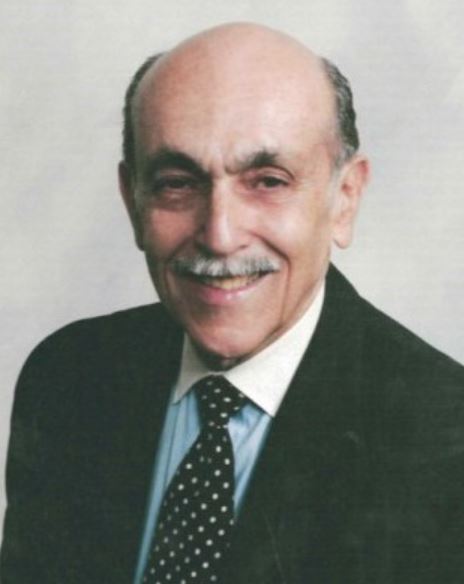
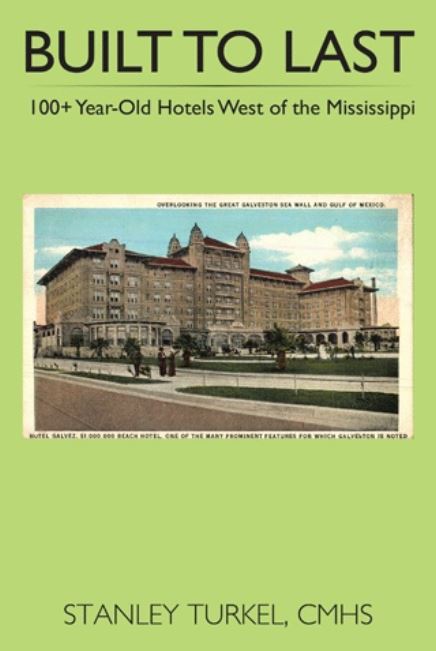
Guest Historian Series
Read Guest Historian SeriesNobody Asked Me, But… No.212;
Hotel History: Hotel de Coronado (1888), Coronado, California
By Stanley Turkel, CMHS
The renowned Hotel del Coronado is a grand example of elegant Victorian architecture providing one of the most beautiful and popular beach resorts in the United States.
The Del was conceived by two mid-western businessmen, Elisha Babcock, Jr. and Hampton L. Story who bought the entire undeveloped 4,100 acres on the peninsula of Coronado for $110,000. Babcock was a retired railroad executive from Evansville, Indiana and Story the owner of the Story & Clark Piano Company in Chicago.
Babcock and Story hired the architectural firm of Reid & Reid consisting of James W. Reid (1851-1943), Merrit J. Reid (1855-1932) and Watson E. Reid (1858-1944) who were based in Evansville, Indiana. Upon arriving in Coronado, James Reid said, “The next day, such a one as may be found only in Coronado in December, we all visited the beach. No finer location could have been found anywhere.”
Construction commenced in March 1887 with many unskilled Chinese workers who had to be trained on the job by master carpenters, plumbers and other craftsmen from San Francisco and Oakland. Babcock ultimately found enough workers to man the construction site twenty-four hours a day.
The shortage of lumber was solved with contracts for exclusive rights to all the raw lumber production of the Dolbeer & Carson Lumber Company of Eureka, California. Reid built planing mills, kilns, a metal shop and iron works on the site. To speed construction, Reid also installed water tanks, gravity flow sprinklers, two giant cisterns to store rainwater and the first oil furnace in a new hotel. The Mather Electric Company installed electric lighting, a world first. Bricks were fired in a kiln built nearby specifically for the project and rock from quarries in Temecula Canyon was provided by the San Diego Granite Company. Meanwhile, toilet seats were ordered from England, china from France, glassware from Belgium, 21,000 yards of carpet from Lowell, Massachusetts and wooden chairs from a furniture manufacturer in Boston. The hotel’s first general manager, John B. Seghere, had to double as an interior decorator.
Unfortunately, when the spectacular new Hotel del Coronado opened in February 1888, the southern California land boom collapsed. Babcock and Story secured additional funding from John D. Spreckels, Captain Charles T. Hinde, H.W. Mallett and Giles Kellogg. By 1890, Spreckels ultimately bought out both Babcock and Story. The Spreckels family retained ownership of “the Del” until 1948.
The original five-story structure remains intact and in full use along with two newer sections closer to the beach. The Crown Room is still regarded as one of the world’s monumental architectural structures with its high sugar pine ceiling held together only with wooden pegs. There are no nails or interior supports and for many years was considered the largest column-free room in the United States.
After brief periods of ownership by Robert A. Nordblom, Kansas City hotelier Barney Goodman and San Diego businessman John S. Alessio, Chicago-born M. Larry Lawrence became the owner in 1963. For the next twenty years, $40 million was spent repairing and replacing plumbing, electrical, heating, ventilation and cooking gas lines. Because the Del is the world’s largest wooden structure, Lawrence installed one of the most expensive Grinnell sprinkler systems to provide the utmost in fire safety. He also constructed the Grande Hall Convention Center to make the Del one of Southern California’s largest and most successful meeting and convention venues. The hotel is almost completely self-contained with the following back-of-the-house amenities: butcher shop, pastry bakery, upholstery and furniture shops; electrical, plumbing, machine shops; an in-house laundry and dry cleaning facility.
Lawrence was highly respected for his self-made financial success, but no accomplishment was more dear to him than his restoration of one of the world’s most beautiful historic landmarks, the grand dame of American seaside resorts – the Hotel del Coronado.
It is said that more celebrities of the arts, entertainment, sports and political worlds have visited the Hotel del Coronado than any other hotel resort in North America. Notable guests have included Thomas Edison, Charlie Chaplin, King Kalakaua of Hawaii, Vincent Price, Babe Ruth, James Stewart, Bette Davis and Katherine Hepburn. More recently, guests have included Kevin Costner, Whoopi Goldberg, Gene Hackman, George Harrison, Brad Pitt, Madonna, Barbra Streisand and Oprah Winfrey.
The following presidents have stayed at the hotel: Benjamin Harrison, William McKinley, William Howard Taft, Woodrow Wilson, Franklin Roosevelt, Dwight D. Eisenhower, John F. Kennedy, Lyndon B. Johnson, Richard Nixon, Gerald Ford, Jimmy Carter, Ronald Reagan, George H.W. Bush, Bill Clinton, George W. Bush and Barack Obama.
While the Del has been the location for many movies, perhaps the most famous was Some Like It Hot (1959), starring Marilyn Monroe, Jack Lemmon and Tony Curtis.
The Hotel del Coronado was added to the National Register of Historic Places in 1971 and was designated a National Historic Landmark in 1977.
In March 2016, Blackstone sold Strategic Hotels & Resorts to Anbang Insurance Group, a Beijing-based Chinese insurance company, in a $6.5 billion deal involving 16 luxury American hotel properties including the Hotel del Coronado. Fifteen of the sixteen were immediately transferred to Anbang. However, the sale of the Hotel del Coronado was held up because of concerns expressed by the federal inter-agency Committee on Foreign Investment in the United States, which reviews acquisitions of U.S. businesses by foreign investors for possible national security risks. The agency was concerned about the hotel’s proximity to major Navy bases in San Diego. In October 2016 it was reported that the deal had fallen through and the hotel would remain in Blackstone’s ownership.
In August 2017, Hilton Hotels and Resorts took over the management of Hotel del Coronado as part of their Curio Collection.
*excerpted from his book Built To Last: 100+ Year-Old Hotels West of the Mississippi
*****
About Stanley Turkel, CMHS
Stanley Turkel is a recognized consultant in the hotel industry. He operates his hotel consulting practice serving as an expert witness in hotel-related cases and providing asset management an and hotel franchising consultation. Prior to forming his hotel consulting firm, Turkel was the Product Line Manager for worldwide Hotel/Motel Operations at the International Telephone & Telegraph Co. overseeing the Sheraton Corporation of America. Before joining IT&T, he was the Resident Manager of the Americana Hotel (1842 Rooms), General Manager of the Drake Hotel (680 Rooms) and General Manager of the Summit Hotel (762 Rooms), all in New York City. He serves as a Friend of the Tisch Center and lectures at the NYU Tisch Center for Hospitality and Tourism. He is certified as a Master Hotel Supplier Emeritus by the Educational Institute of the American Hotel and Lodging Association. He served for eleven years as Chairman of the Board of the Trustees of the City Club of New York and is now the Honorary Chairman.
Stanley Turkel is one of the most widely-published authors in the hospitality field. More than 275 articles on various hotel subjects have been posted in hotel magazines and on the Hotel-Online, Blue MauMau, Hotel News Resource and eTurboNews websites. Two of his hotel books have been promoted, distributed and sold by the American Hotel & Lodging Educational Institute (Great American Hoteliers: Pioneers of the Hotel Industry and Built To Last: 100+ Year-Old Hotels East of the Mississippi). A third hotel book (Built To Last: 100+ Year-Old Hotels in New York) was called "passionate and informative" by the New York Times. Executive Vice President of Historic Hotels of America, Lawrence Horwitz, has even praised one book, Great American Hoteliers Volume 2: Pioneers of the Hotel Industry:
- “If you have ever been in a hotel, as a guest, attended a conference, enjoyed a romantic dinner, celebrated a special occasion, or worked as a hotelier in the front or back of the house, Great American Hoteliers, Volume 2: Pioneers of the Hotel Industry is a must read book. This book is recommended for any business person, entrepreneur, student, or aspiring hotelier. This book is an excellent history book with insights into seventeen of the great innovators and visionaries of the hotel industry and their inspirational stories.”
Turkel was designated as the “2014 Historian of the Year by Historic Hotels of America,” the official program of the National Trust for Historic Preservation. This award is presented to an individual for making a unique contribution in the research and presentation of history and whose work has encouraged a wide discussion, greater understanding and enthusiasm for American History.
Works published by Stanley Turkel include:
- Heroes of the American Reconstruction (2005)
- Great American Hoteliers: Pioneers of the Hotel Industry (2009)
- Built To Last: 100+ Year-Old Hotels in New York (2011)
- Built To Last: 100+ Year-Old Hotels East of the Mississippi (2013)
- Hotel Mavens: Lucius M. Boomer, George C. Boldt and Oscar of the Waldorf (2014)
- Great American Hoteliers Volume 2: Pioneers of the Hotel Industry (2016)
- Built To Last: 100+ Year-Old Hotels West of the Mississippi (2017)
- Hotel Mavens Volume 2: Henry Morrison Flagler, Henry Bradley Plant, Carl Graham Fisher (2018)
- Great American Hotel Architects Volume 1 (2019)
- Hotel Mavens Volume 3: Bob and Larry Tisch, Curt Strand, Ralph Hitz, Cesar Ritz, Raymond Orteig (2020)
Most of these books can be ordered from AuthorHouse—(except Heroes of the American Reconstruction, which can be ordered from McFarland)—by visiting www.stanleyturkel.com, or by clicking on the book’s title.
























